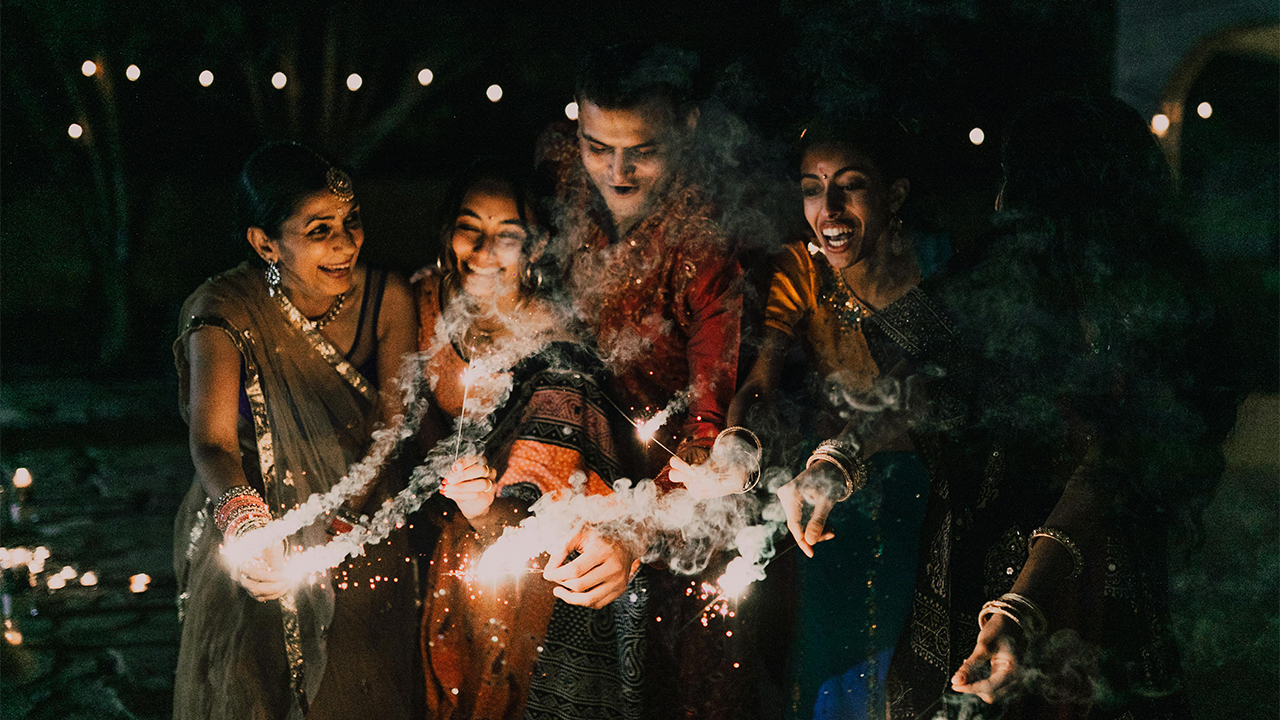Culture (Commonwealth Union) – As the first signs of spring emerge and nature awakens from its winter slumber, numerous cultures around the globe mark the arrival of a new year in the month of April. These celebrations, steeped in rich traditions and symbolism, offer a fascinating glimpse into the diversity of human culture and the universal desire to welcome fresh beginnings.
Songkran – Thailand (April 11-15)
In Thailand, Songkran is one of the most important festivals, marking the traditional Thai New Year. Held annually from April 13th to 15th, Songkran is celebrated with water fights, cleansing rituals, and family gatherings. Water holds great significance in Songkran celebrations, symbolizing purification and the washing away of misfortunes from the previous year. People splash water on each other, pour water over Buddha statues, and participate in colorful parades and cultural performances. Songkran is not only a time for revelry but also for reflection, as Thais pay respect to their elders and visit temples to make merit.
Across other parts of South East Asia, in Cambodia the new celebrated betwwen the 13th and 16th of April and known as Choul Chnam Thmey Moha Sangkranta or just Sangkranta. In Laos the New Year is celebrated between 13th and 16th of April and is known as Boun Pi Mai or Pi Mai. In Myanmar the New Year is known as Pre-Thingyan and fall between April 13 to 16. Like Thailand the New Year is a holiday period marked by many traditional celebrations and customs.
Baisakhi – India (April 13 or 14)
Baisakhi, also known as Vaisakhi, is a joyous festival celebrated primarily by the Sikh community in India and around the world. Observed on either April 13th or 14th, Baisakhi holds great religious significance as it marks the founding of the Khalsa Panth by Guru Gobind Singh, who is the 10th Guru in 1699. The day begins with Sikhs visiting gurdwaras (Sikh temples) for special prayers and hymn recitations. Colorful processions known as Nagar Kirtans fill the streets, with participants singing hymns and performing traditional dances like the Bhangra. Baisakhi is also a time for community feasting, where delicious cuisine is shared among family and friends.
Across India different states celebrate the New Year in the same period with different traditions. The New Year is known as Maha Vishuba Sankranti in Odhisa, Bohag Bihu in Assam, Gudi Padwa in Maharashtra
Sinhala and Tamil New Year – Sri Lanka (April 13 or 14)
Sinhala and Tamil New Year, known locally as Aluth Avurudu, is a significant cultural celebration in Sri Lanka, observed by both the Sinhalese and Tamil communities where in Tamil it is known as Chithirai Perunaal. Falling on April 13th or 14th, this auspicious occasion marks the end of the harvest season and the beginning of a new agricultural year. The festivities typically last for several days and include various rituals and customs. Homes are thoroughly cleaned, new clothes are worn, and traditional foods like kiribath (milk rice) and sweets are prepared. Families gather to light hearth fires, engage in religious observances, and exchange gifts as a symbol of goodwill and prosperity.
Pohela Boishakh – Bangladesh (April 14)
Pohela Boishakh, the Bengali New Year, is celebrated with great enthusiasm and fervor in Bangladesh and the Bengali-speaking regions of India. Observed on April 14th, Pohela Boishakh heralds the arrival of spring and is a time for cultural festivities and renewal. The day begins with colorful processions featuring traditional music, dance, and elaborate floats. People dress in traditional attire, with women adorning themselves in vibrant sarees. Street fairs known as Boishakhi fairs are held across the country, offering a plethora of cultural activities, food stalls, and handicrafts. Pohela Boishakh is a celebration of Bengali heritage and serves as a unifying force, bringing people together to embrace their shared identity. Pohela Boishakh is national holday in Bangladesh.
Bikram Sambat which is the Nepali New Year falls on the 13th of April this year. Similar to traditional New Year celebrations across the world elders offer blessings to the younger generations, and traditional sweets and delicacies are shared as a symbol of joy and unity. An integral aspect of the celebration is the wearing of new clothes, symbolizing a fresh start and prosperity.
As April unfolds, communities around the world come alive with the spirit of renewal and celebration, each observing their unique traditions to welcome the arrival of a new year. Whether it’s splashing water in Thailand, dancing in the streets of India, or sharing a feast in Sri Lanka, these diverse cultural celebrations serve as a reminder of our shared humanity and the universal desire for hope, prosperity, and happiness in the year ahead.








